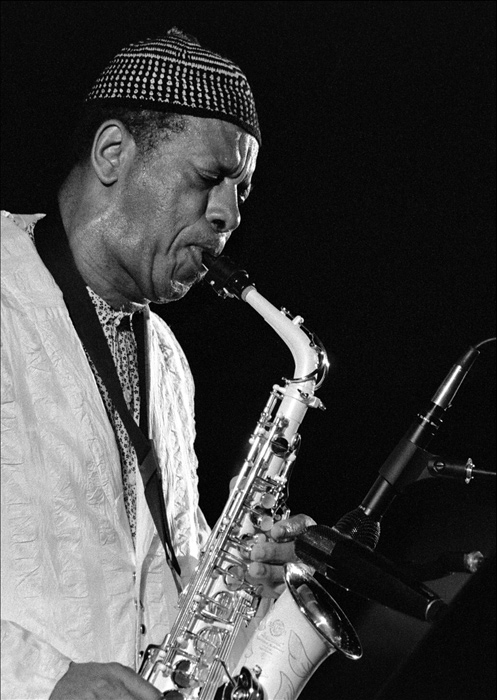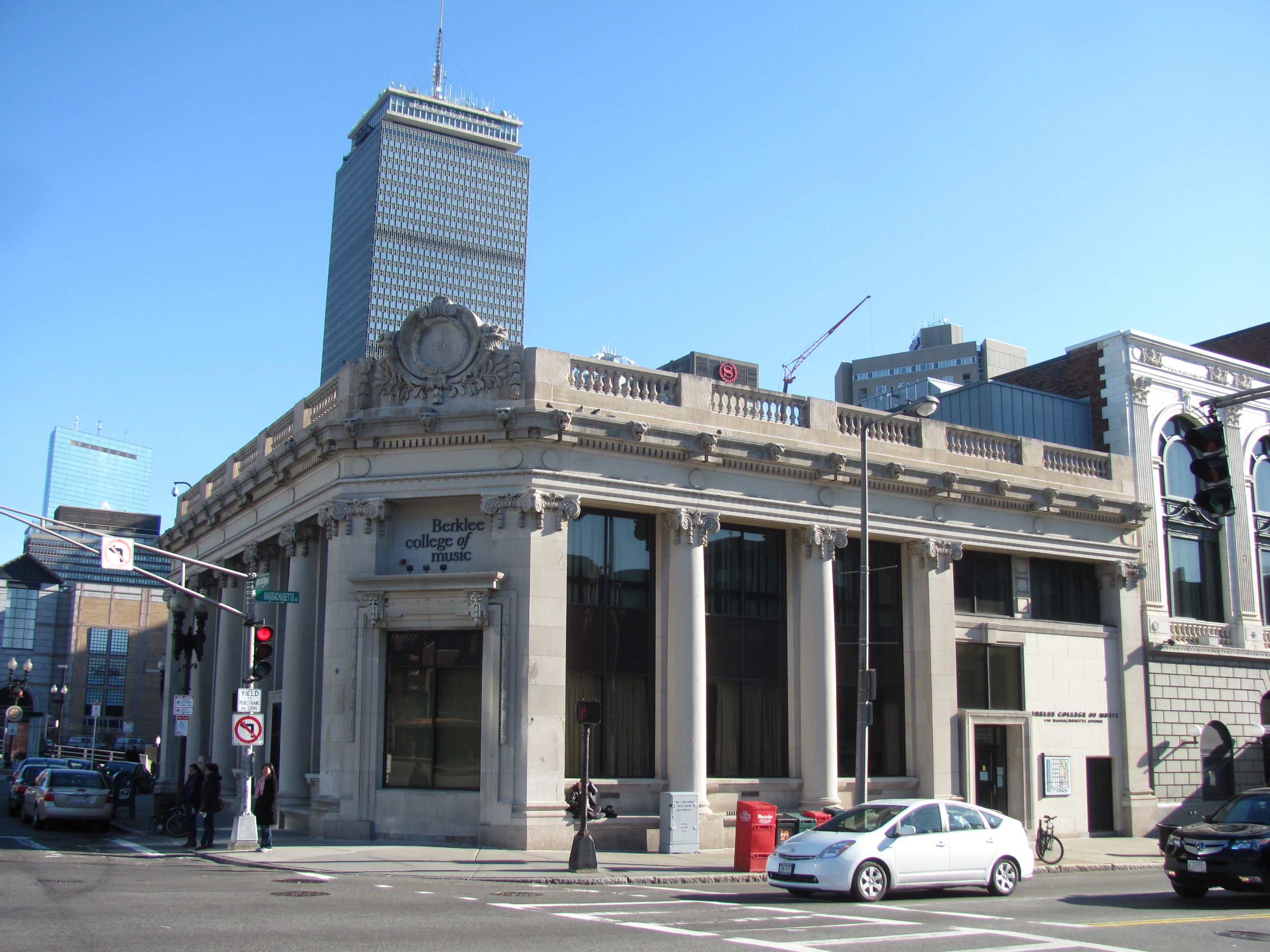|
Japanese Jazz
Japanese jazz is jazz played by Japanese musicians and connected to Japan or Japanese culture. The term often refers to the history of jazz in Japan, which has the largest proportion of jazz fans in the world, according to some estimates. Attempts at fusing jazz with Japanese culture in the United States are commonly termed Asian-American jazz. History of jazz in Japan Jazz music first became popular in Japan following visits by bands from both America and the Philippines, where American popular music had been introduced by the occupying forces. The Hatano Jazz Band is sometimes described as the first Japanese jazz band, although they were primarily a dance band. The Hatano band, which was created in 1912 by graduates from Tokyo Music School, absorbed and performed American dance music after traveling to San Francisco,Lash, Max E. (23 December 1964) "Jazz in Japan". ''The Japan Times''. p. 5. but their music did not claim to feature jazz improvisation. Local jazz practice, built ... [...More Info...] [...Related Items...] OR: [Wikipedia] [Google] [Baidu] |
Jazz
Jazz is a music genre that originated in the African-American communities of New Orleans, Louisiana in the late 19th and early 20th centuries, with its roots in blues and ragtime. Since the 1920s Jazz Age, it has been recognized as a major form of musical expression in traditional and popular music. Jazz is characterized by swing and blue notes, complex chords, call and response vocals, polyrhythms and improvisation. Jazz has roots in European harmony and African rhythmic rituals. As jazz spread around the world, it drew on national, regional, and local musical cultures, which gave rise to different styles. New Orleans jazz began in the early 1910s, combining earlier brass band marches, French quadrilles, biguine, ragtime and blues with collective polyphonic improvisation. But jazz did not begin as a single musical tradition in New Orleans or elsewhere. In the 1930s, arranged dance-oriented swing big bands, Kansas City jazz (a hard-swinging, bluesy, improvisationa ... [...More Info...] [...Related Items...] OR: [Wikipedia] [Google] [Baidu] |
Yokohama
is the second-largest city in Japan by population and the most populous municipality of Japan. It is the capital city and the most populous city in Kanagawa Prefecture, with a 2020 population of 3.8 million. It lies on Tokyo Bay, south of Tokyo, in the Kantō region of the main island of Honshu. Yokohama is also the major economic, cultural, and commercial hub of the Greater Tokyo Area along the Keihin region, Keihin Industrial Zone. Yokohama was one of the cities to open for trade with the Western world, West following the 1859 end of the Sakoku, policy of seclusion and has since been known as a cosmopolitan port city, after Kobe opened in 1853. Yokohama is the home of many Japan's firsts in the Meiji (era), Meiji period, including the first foreign trading port and Chinatown (1859), European-style sport venues (1860s), English-language newspaper (1861), confectionery and beer manufacturing (1865), daily newspaper (1870), gas-powered street lamps (1870s), railway station (1 ... [...More Info...] [...Related Items...] OR: [Wikipedia] [Google] [Baidu] |
Masahiko Satoh
is a Japanese jazz pianist, composer and arranger. Early life Satoh was born in Tokyo on 6 October 1941. His mother was Setsu and his father, who owned small businesses, was Yoshiaki Satoh. The house that his family moved into in 1944 contained a piano; Masahiko started playing it at the age of five. He began playing the piano professionally at the age of 17,Schofield, John (8 October 1991), "Pianist Infuses Jazz with Japanese Spirit", ''The Wall Street Journal'', p. A20. "accompanying singers, magicians and strippers at a cabaret in the Ginza district". Later life and career By 1959 Satoh was playing in Georgie Kawaguchi's band, together with alto saxophonist Sadao Watanabe and tenor saxophonist Akira Miyazawa. Satoh graduated from Keio University.Iwanami, Yozo; Sugiyama, Kazunor"Sato, Masahiko" ''The New Grove Dictionary of Jazz'' (2nd ed.). Grove Music Online. Oxford Music Online. Oxford University Press. Retrieved 24 February 2015. (Subscription required). At the age of ... [...More Info...] [...Related Items...] OR: [Wikipedia] [Google] [Baidu] |
Masayuki Takayanagi
was a Japanese jazz / free improvisation / noise musician. He was active in the Japanese jazz scene from the late 1950s. In the 1960s he formed New Directions (later New Direction Unit), which recorded several albums throughout the 1970s. He also recorded several albums with saxophonist Kaoru Abe, including ''Kaitai Teki Kohkan'', ''Gradually Projection'' and ''Mass Projection''. For most of his career, Takayanagi played a 1963 Gibson ES-175. Discography As leader/co-leader * ' ( TBM, 1972) - live recorded 1963 * ''Flower Girl'' (Jinya Disc, 1968) * ''Independence: Tread On Sure Ground'' (Tiliqua, 1970) * ''Call In Question'' (PSF, 1994) - recorded 1970 * ''Live Independence'' (PSF, 1970) * ''A Jazzy Profile of Jojo'' (Victor,I1970) * ''Kaitai Teki Kohkan'' with Kaoru Abe (Sound Creators, 1970) * ''Mass Projection'' with Kaoru Abe (DIW, 1970) * ''Gradually Projection'' with Kaoru Abe (DIW, 1970) * ''Complete "La Grima"'' (1971) – live * ''Free Form Suite'' (TBM, 1972) * ''Ec ... [...More Info...] [...Related Items...] OR: [Wikipedia] [Google] [Baidu] |
Masahiko Togashi
was a Japanese jazz percussionist and composer. Togashi grew up in a musical household; his father was a double-bassist in a swing jazz ensemble, and Togashi learned violin and drums, playing the latter in his father's band. He worked with Sadao Watanabe, Toshiko Akiyoshi, and Tony Scott in the 1950s, then founded the ensemble Jazz Academy in 1961 with Hideto Kanai, Masabumi Kikuchi, and Masayuki Takayanagi. He was an early free jazz leader in Japan, playing in this idiom with Yosuke Yamashita and performing with American musicians such as Ornette Coleman, Blue Mitchell, Lee Morgan, and Sonny Rollins on Japanese tours. Togashi lost the use of his legs in an accident in 1969, and designed a new kit that would allow him to continue playing. Later associations included performing or recording with Paul Bley, Don Cherry, Jack DeJohnette, Charlie Haden, Steve Lacy, Gary Peacock, Albert Mangelsdorff, Masahiko Sato, and Yuji Takahashi. Discography As leader/co-leader * ''We now cre ... [...More Info...] [...Related Items...] OR: [Wikipedia] [Google] [Baidu] |
Free Jazz
Free jazz is an experimental approach to jazz improvisation that developed in the late 1950s and early 1960s when musicians attempted to change or break down jazz conventions, such as regular tempos, tones, and chord changes. Musicians during this period believed that the bebop, hard bop, and modal jazz that had been played before them was too limiting. They became preoccupied with creating something new and exploring new directions. The term "free jazz" has often been combined with or substituted for the term "avant-garde jazz". Europeans tend to favor the term "free improvisation". Others have used "modern jazz", "creative music", and "art music". The ambiguity of free jazz presents problems of definition. Although it is usually played by small groups or individuals, free jazz big bands have existed. Although musicians and critics claim it is innovative and forward-looking, it draws on early styles of jazz and has been described as an attempt to return to primitive, often re ... [...More Info...] [...Related Items...] OR: [Wikipedia] [Google] [Baidu] |
Berklee College Of Music
Berklee College of Music is a private music college in Boston, Massachusetts. It is the largest independent college of contemporary music in the world. Known for the study of jazz and modern American music, it also offers college-level courses in a wide range of contemporary and historic styles, including rock, hip hop, reggae, salsa, heavy metal and bluegrass. Berklee alumni have won 310 Grammy Awards, more than any other college, and 108 Latin Grammy Awards. Other notable accolades for its alumni include 34 Emmy Awards, 7 Tony Awards, 8 Academy Awards, and 3 Saturn Awards. Since 2012, Berklee College of Music has also operated a campus in Valencia, Spain. In December 2015, Berklee College of Music and the Boston Conservatory agreed to a merger. The combined institution is known as Berklee, with the conservatory becoming The Boston Conservatory at Berklee. History Schillinger House (1945–1954) In 1945, pianist, composer, arranger and MIT graduate Lawrence Berk founde ... [...More Info...] [...Related Items...] OR: [Wikipedia] [Google] [Baidu] |
Oscar Peterson
Oscar Emmanuel Peterson (August 15, 1925 – December 23, 2007) was a Canadian virtuoso jazz pianist and composer. Considered one of the greatest jazz pianists of all time, Peterson released more than 200 recordings, won seven Grammy Awards, as well as a lifetime achievement award from the Recording Academy, and received numerous other awards and honours. He played thousands of concerts worldwide in a career lasting more than 60 years. He was called the "Maharaja of the keyboard" by Duke Ellington, simply "O.P." by his friends, and informally in the jazz community as "the King of inside swing". Biography Early years Peterson was born in Montreal, Quebec, to immigrants from the West Indies (Saint Kitts and Nevis and the British Virgin Islands); His mother, Kathleen, was a domestic worker and his father, Daniel, worked as a porter for Canadian Pacific Railway and was an amateur musician who taught himself to play the organ, trumpet and piano. Peterson grew up in the neighbourh ... [...More Info...] [...Related Items...] OR: [Wikipedia] [Google] [Baidu] |
Hampton Hawes
Hampton Barnett Hawes Jr. (November 13, 1928 – May 22, 1977) was an American jazz pianist. He was the author of the memoir ''Raise Up Off Me'', which won the Deems-Taylor Award for music writing in 1975. Early life Hampton Hawes was born on November 13, 1928, in Los Angeles, California. His father, Hampton Hawes Sr., was minister of Westminster Presbyterian Church in Los Angeles. His mother, the former Gertrude Holman, was Westminster's church pianist. Hawes' first experience with the piano was as a toddler sitting on his mother's lap while she practiced. He was reportedly able to pick out fairly complex tunes by the age of three. Later life and career Hawes was self-taught; by his teens he was playing with the leading jazz musicians on the West Coast, including Dexter Gordon, Wardell Gray, Art Pepper, Shorty Rogers, and Teddy Edwards. His second professional job, at 18, was playing for eight months with the Howard McGhee Quintet at the Hi De Ho Club, in a group that inclu ... [...More Info...] [...Related Items...] OR: [Wikipedia] [Google] [Baidu] |
Toshiko Akiyoshi
is a Japanese–American jazz pianist, composer, arranger, and bandleader. Akiyoshi received fourteen Grammy Award nominations and was the first woman to win Best Arranger and Composer awards in ''Down Beat'' magazine's annual Readers' Poll. In 1984, she was the subject of the documentary '' Jazz Is My Native Language''. In 1996, she published her autobiography, ''Life with Jazz'', and in 2007 she was named an NEA Jazz Master by the U.S. National Endowment for the Arts. Biography Akiyoshi was born in Liaoyang, Manchuria, to Japanese colonists, the youngest of four sisters. In 1945, after World War II, Akiyoshi's family lost their home and returned to Japan, settling in Beppu. A local record collector introduced her to jazz by playing a record of Teddy Wilson playing "Sweet Lorraine." She immediately loved the sound and began to study jazz. In 1952, during a tour of Japan, pianist Oscar Peterson discovered her playing in a club on the Ginza. Peterson was impressed and convinc ... [...More Info...] [...Related Items...] OR: [Wikipedia] [Google] [Baidu] |
Occupation Of Japan
Japan was occupied and administered by the victorious Allies of World War II from the 1945 surrender of the Empire of Japan at the end of the war until the Treaty of San Francisco took effect in 1952. The occupation, led by the United States with support from the British Commonwealth and under the supervision of the Far Eastern Commission, involved a total of nearly 1 million Allied soldiers. The occupation was overseen by American General Douglas MacArthur, who was appointed Supreme Commander for the Allied Powers by US President Harry Truman; MacArthur was succeeded as supreme commander by General Matthew Ridgway in 1951. Unlike in the occupation of Germany, the Soviet Union had little to no influence over the occupation of Japan, declining to participate because it did not want to place Soviet troops under MacArthur's direct command. This foreign presence marks the only time in Japan's history that it has been occupied by a foreign power. However, unlike in Germany the Alli ... [...More Info...] [...Related Items...] OR: [Wikipedia] [Google] [Baidu] |






